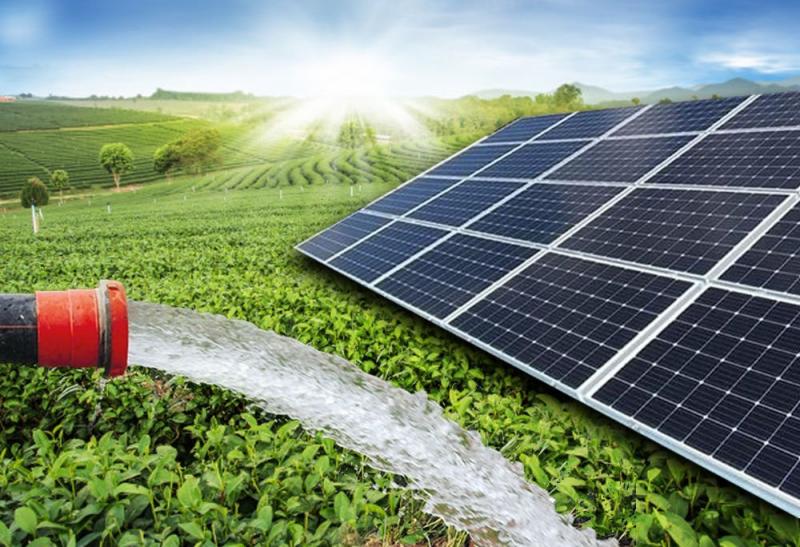Configuring a solar water pumping system involves several steps to ensure its efficiency, reliability, and compatibility with your water pumping needs. Below is a general guide to help you configure a solar water pumping system.
- Assess Water Requirements: Determine the water requirements for your application, including the required flow rate and total dynamic head (TDH). TDH is the total vertical distance and friction losses that the pump must overcome to deliver water from the source to the desired location.
- Select a Suitable Pump: Choose a solar water pump that meets your flow rate and TDH requirements. There are various types of solar water pumps available, such as submersible pumps, surface pumps, and helical rotor pumps. The choice of pump will depend on factors like water source depth and pumping distance.
- Determine Solar Panel Capacity: Based on the pump’s power requirements and the available sunlight in your location, calculate the number and capacity of solar panels needed to power the pump. Consider seasonal variations in sunlight and system losses when sizing the solar array.
- Select a Controller and Inverter: A solar charge controller is essential to regulate the power flow from the solar panels to the pump and protect the batteries from overcharging. If your system includes batteries for energy storage, a suitable inverter will be needed to convert DC power from the panels and batteries to AC power for the pump.
- Choose Battery (Optional): For water pumping applications that require water during low sunlight periods or during the night, you may opt for a battery bank to store excess energy generated during the day for use when the sun isn’t shining.
- Design the Mounting Structure: Decide on the appropriate mounting structure for the solar panels, considering factors like tilt angle, orientation, and shading. Proper panel positioning is crucial for maximizing energy capture.
- Install and Wire the System: Install the solar panels, pump, charge controller, and inverter (if applicable) according to the manufacturer’s guidelines and safety standards. Properly wire the components to ensure optimal performance and safety.
- Test and Monitor: Once the system is set up, test its functionality and monitor its performance regularly. Ensure that the pump is delivering the required flow rate and that the batteries (if used) are charging and discharging correctly.
- Maintenance and Troubleshooting: Regular maintenance is crucial to ensure the long-term efficiency and reliability of the system. Clean the solar panels, check for any damaged components, and address any issues promptly.
- Safety Precautions: Work with a qualified solar installer or technician if you’re not familiar with solar electric systems. Ensure that all electrical connections are secure and comply with local electrical codes and safety regulations.
Remember that the design and configuration of a solar water pumping system can vary depending on the specific application and location.


